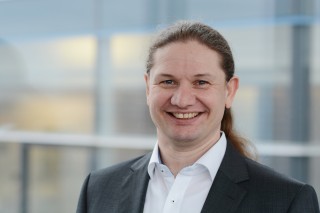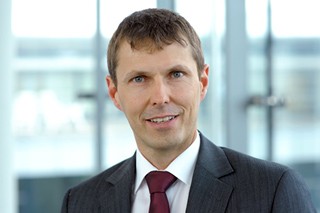Whether on factory floors or fields of crops: wherever people need to acquire and collect billions of tiny data packets on a decentralized basis – and need to do so efficiently, securely and cost effectively – mioty® wireless technology can help. No wonder, then, that the development has not only been standardized, but has won a prize.
Much of the talk about carbon neutrality tends to focus on renewable energy, hydrogen and electromobility. But making such a huge push toward a zero-emissions society calls for numerous technological building blocks. One such component is mioty®, which makes it possible to transmit data from several thousand – up to a hundred thousand – sensor nodes per square kilometer via a single collection point without loss of information. This paves the way for the efficient and reliable implementation of a great many condition monitoring and remote maintenance applications. Meanwhile, thirty patent families have been registered, a start-up has been initiated, the technology has been standardized internationally, an industrial alliance has been founded, a patent pool has been set up and initial licensing agreements have been concluded. On behalf of the 30-person development team, Dr. Gerd Kilian, Josef Bernhard and Prof. (Univ. Navarra) Michael Schlicht received the Joseph von Fraunhofer Prize 2021. In our interview, the researchers reveal what is behind the technology and what they see as the secret of its success.
mioty® allows small data packets to be transmitted with no loss of information. In what contexts is this important?
Michael Schlicht: The key phrase is the Internet of Things, or IoT for short. In a nutshell, this involves sensors recording small volumes of data, which are sporadically transmitted by radio to a central point, where they are evaluated. mioty® makes it possible for the first time to send several hundred data packets simultaneously. With a bandwidth of just 200 kilohertz, mioty® robustly transmits over three million data packets per day to a single collection point. And it does so with such energy efficiency that the batteries last for up to 20 years.
Josef Bernhard: Wherever many small objects have to be securely connected over many years in a way that saves energy, mioty® performs an invaluable service.





